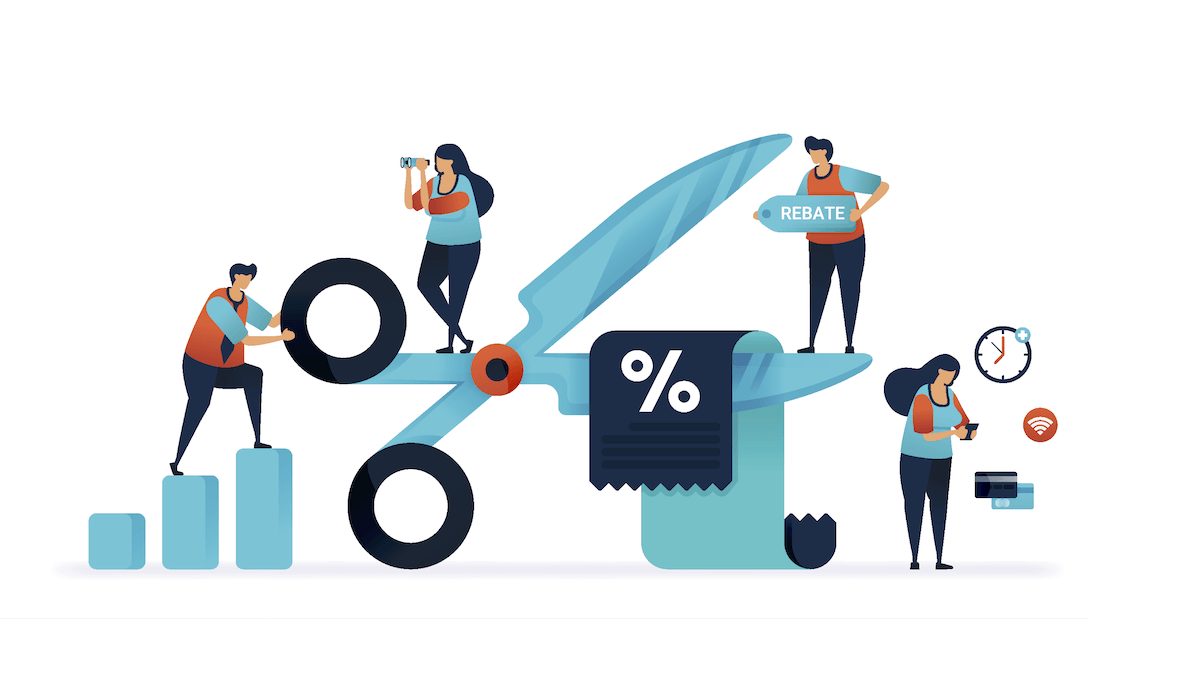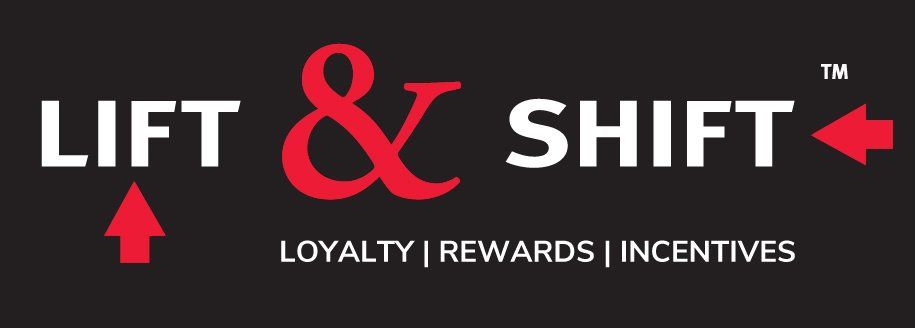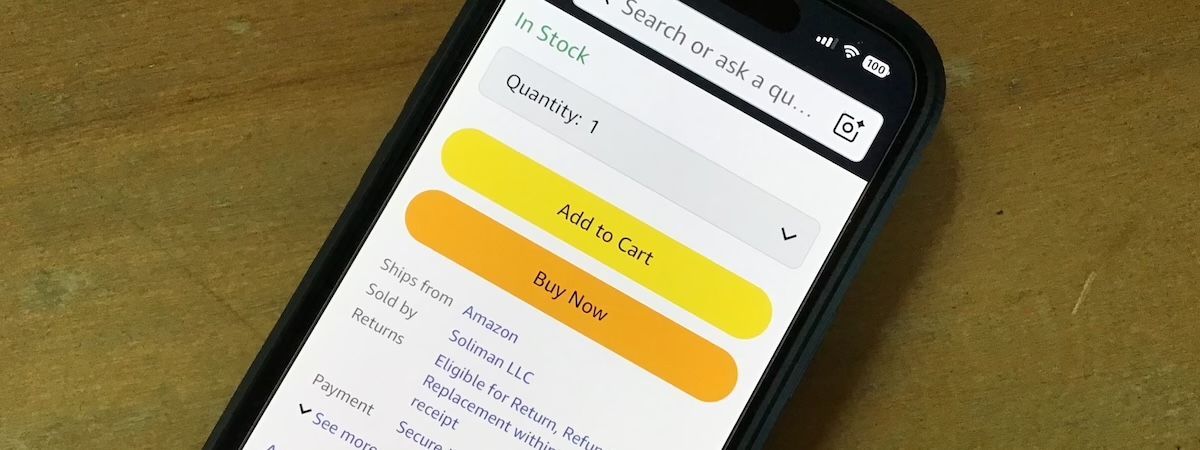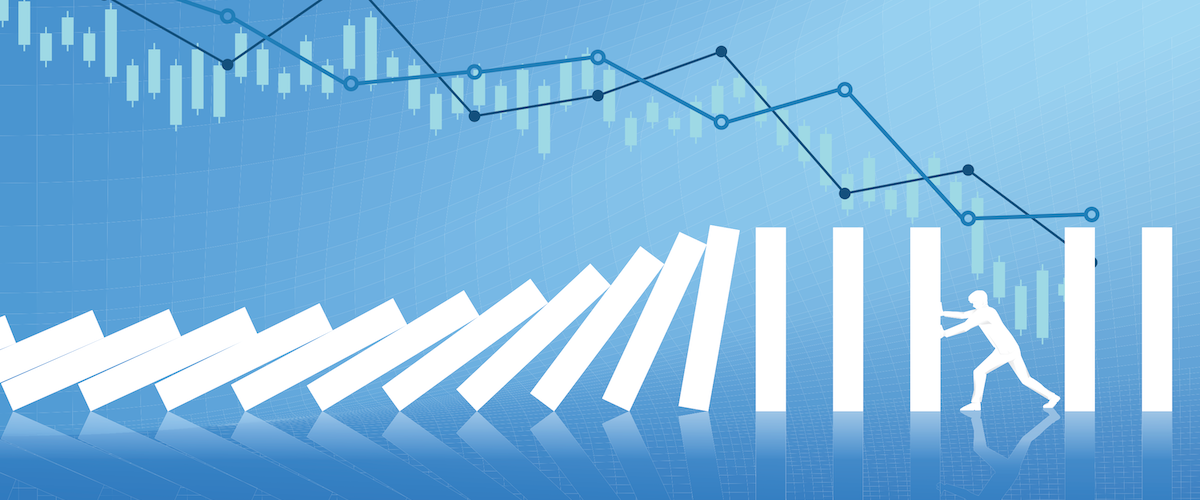Rebate Programs Aren’t The Problem…Not using your data to drive the rebate program is the problem

A recent study of companies who use rebate programs uncovered some astonishing attitudes about rebate program use: only 35% of these companies see their rebate programs as having any strategic benefit!
But are rebate programs the problem? They’ve been around a long time. Are they no longer suited to the digital era?
Based on our conversations with many companies that use these programs, the issue lies not in the use of rebate programs as a form of purchase incentive but in the poor design and evolution of the programs and their failure to adopt technology and employ the use of sales data and analytics.
Perhaps more people are seeing the light because, in the same study, 58% of companies stated they want to see better use of data to guide rebate program use.
When meeting with prospective clients and discussing their company’s program objectives, a common theme emerges: Their current programs are static, not optimized for the rapidly changing dynamics of today’s B2B markets, and they are looking for a rebate program that goes beyond the traditional one-size-fits-all structure. They want dynamic, data-driven elements like year-over-year sales growth tiers, customizable account-based offers, limited-time tactical offers, and other flexible features that engage participants.
The solution lies in how sales data is—or isn’t—used to structure and guide the rebate program. If a rebate program isn’t leveraging a company’s historical sales data as its foundation, it misses the chance to create proactive and dynamic program offers, to engage participants effectively, and to drive meaningful results.
Why a data-driven approach matters more than just the rebate offer
B2B loyalty programs, especially rebate programs, thrive on relevance. Rebates alone, while valued, aren’t always enough to keep a program engaging or to ensure it delivers the desired return on investment (ROI). With a data-driven approach, companies can unlock a host of benefits that go far beyond simply offering some percentage cash back at the end of the year. Historical sales data holds the key to crafting personalized, proactive program strategies that speak directly to each program participant’s needs, behavior, and potential.
Using sales data helps program managers:
- Identify purchasing trends and patterns: Data analysis reveals when, where, and how frequently purchases happen, enabling the company to predict behaviors and respond with well-timed, relevant offers that correspond to these insights.
- Segment customers effectively: Different segments of customers will respond better to offers that are relevant to their past purchasing behavior—or new purchasing behavior you want to incentivize, so knowing your participants can mean the difference between a successful program and one that falls flat.
- Drive incremental growth: By understanding each participant’s typical purchase cycle, companies can encourage purchases that might not have happened otherwise. For instance, if a participant usually buys once a quarter, a targeted offer could encourage additional purchases within that cycle.
This strategic use of data turns a rebate program from a one-size-fits-all model into a customizable, dynamic program that speaks directly to each participant's buying journey.
Moving from reactive to proactive with data-driven offers
Traditional rebate programs are reactive, rewarding participants after a sale. This is effective but limited. On the other hand, a data-driven rebate program shifts the approach to a proactive model by anticipating needs and creating relevant offers that program participants will be more likely to respond to.
For example, consider a program that uses year-over-year growth tiers based on individual participant performance. By analyzing historical sales, a company can set custom sales targets for each participant, challenging them to grow their business incrementally. For a participant who met or exceeded last year's purchases, an offer might prompt them to reach a higher tier for an even better program experience—and additional sales to the program operator.
Or take account-based offers tailored to each participant. Imagine that you have a lapsed or inactive customer whose purchasing patterns have slowed over recent quarters. By reviewing the sales data of this customer, a proactive data-driven offer could be designed to re-engage this participant with a limited-time rebate on frequently purchased items, sparking renewed interest and activity.
Diversify the reward options—cash rebates aren’t the only incentive
Another common issue we see with traditional rebate programs is an overly narrow focus on cash rebates. Cash isn’t always king. A study by the Aberdeen Group found that non-cash rewards have a greater impact on performance and are more cost-effective than cash (at a third of the price).
While cash appeals to many, the cash rebates are often used to pay their bills. This is a practical use, but not memorable. Consider adopting a points-based rebate structure, where points can be redeemed for a range of rewards—like account credits, merchandise, events and experiences, exclusive access to high-demand products, or VIP privilege. A points-based rebate program can appeal to the unique motivations of all the participants.
An ideal B2B loyalty program should offer a mix of rewards to give participants choices that resonate with them. By all means, include the cash rebates as part of your program, but include them alongside other popular non-monetary rewards, thereby creating multiple avenues for participants to feel valued and motivated. At the same time, expanding the reward array doesn’t have to create more work for program managers. With a fully managed program, such as those offered by Lift & Shift, managing a diverse set of rewards is seamless and can be easily tailored to the company’s goals and participants' preferences.
Building a program that evolves with your business
Another advantage of using historical sales data is the ability to adjust and refine the program as needed. Over time, data insights can reveal what is and isn’t working, enabling program managers to continuously optimize their approach. This adaptability is particularly valuable in competitive industries where customer and channel partner expectations are constantly evolving.
Data-driven rebate programs can quickly pivot to offer:
- Seasonal promotions: Leveraging past data on seasonal purchase trends, companies can design offers to boost engagement during traditionally slower sales periods.
- New product introductions: When launching new products, tailored rebates can help channel partners and customers adopt the product faster.
- Customer retention efforts: By identifying participants at risk of attrition, targeted offers can be deployed to retain these customers and prevent churn.
The flexibility of a data-driven rebate program allows it to remain effective and aligned with both business goals and participant needs.
Partnering for success: Why reward technology and experience matters
Implementing a data-driven rebate program that is proactive and dynamic requires more than working a spreadsheet once a month. A robust reward technology platform enables companies to leverage their data effectively, track individual offers, manage multiple reward types, and keep participant engagement high. By partnering with a company that specializes in B2B loyalty and incentive programs, your business can focus on strategy while relying on professional program managers to handle the program's operational complexities.
Ready to take your rebate program to the next level?
A rebate program that doesn’t use data effectively will have limited success. With a data-driven approach, companies can harness the full potential of their rebate programs, providing targeted, engaging, and evolving offers that resonate with participants and drive tangible results.
If you’re ready to move beyond the limitations of a traditional rebate model and want to explore how a data-driven approach can transform your program’s ROI, reach out to us today. We can set up a 15-minute Zoom call to discuss your unique needs and show you how our platform can help you maximize your sales data to deliver proactive, dynamic rewards that drive real results.
You can find more information on creating data-driven rebate programs that deliver value here.
(NOTE: This article has been updated from a post originally published May 13, 2022.)
Lift & Shift™ offers a powerful B2B reward platform that can help your company leverage its sales data to drive incremental purchases with customers and channel partners or motivate sales staff. We work with manufacturers, distributors and service providers to analyze sales data, identifying purchasing gaps and other valuable targeting opportunities.
We create and deliver highly relevant offers to customers, in-house sales staff or sales associates, motivating your target audience to respond, using a wide array of appealing reward options as influencers. Our performance-based reward structures deliver an unparalleled return on investment, with absolutely no wasted budget.
Our customizable reward platform enables clients to easily benefit from a robust loyalty reward program. It's affordable and includes Lift & Shift’s turnkey professional program administration. We take care of everything so you can focus on your key initiatives.
Looking to create or improve your program?
We can help!
Blog page form










